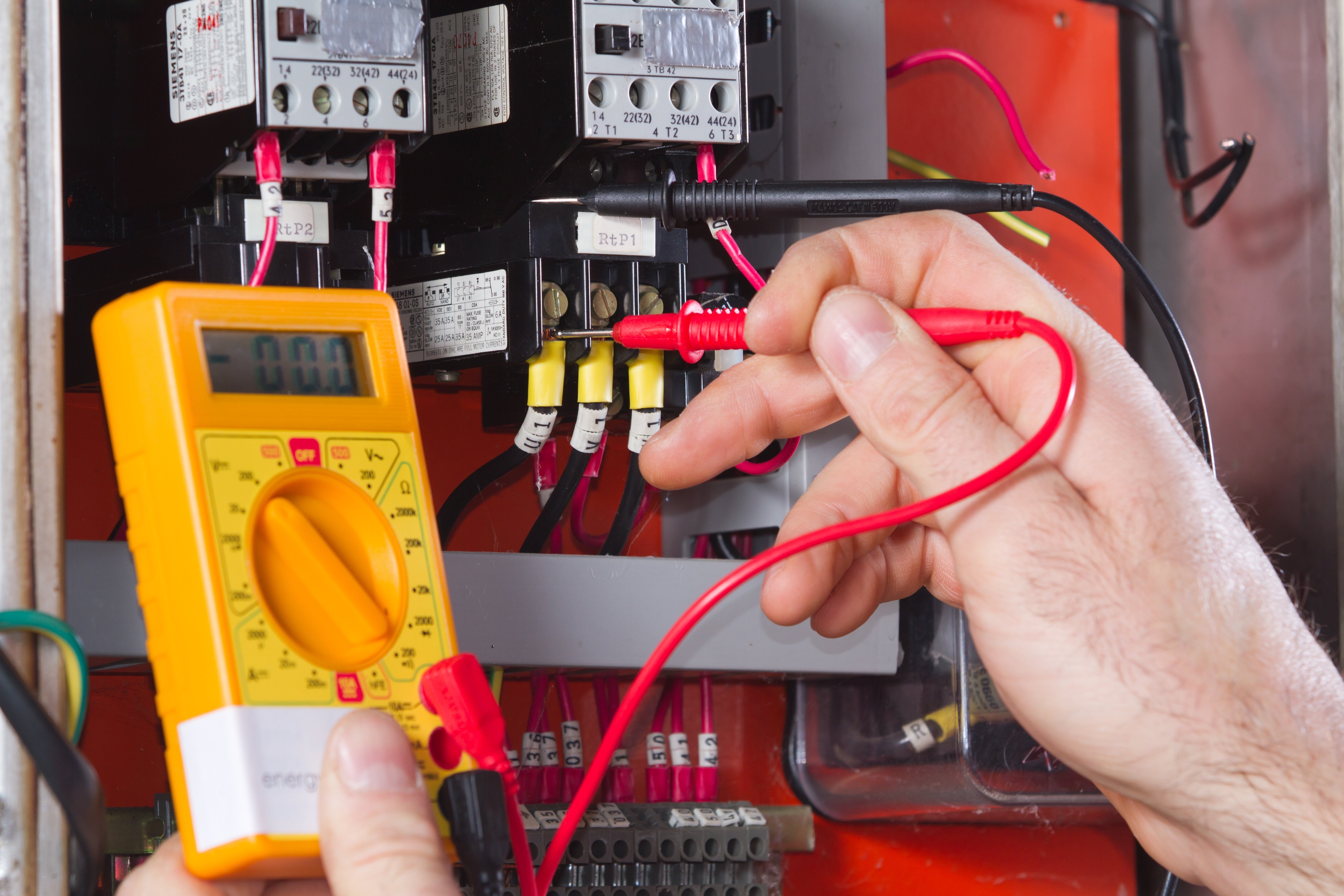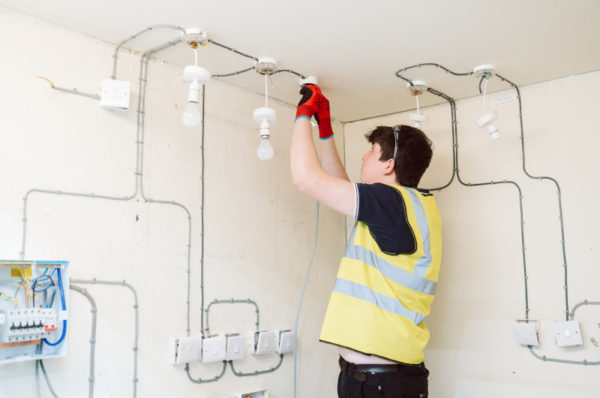Debunking Electric Installment: Understanding Codes and Regulations for a Lawful and Safe Configuration
In the realm of electric setup, adherence to codes and laws is vital to make sure both validity and safety. The complexities bordering electric job can be complicated, yet familiarizing oneself with the recognized standards is crucial to browsing this field with confidence. By understanding the intricacies of the National Electric Code and neighborhood building regulations, people can ensure that their installations meet called for precaution and are in conformity with the law. Nevertheless, the journey to demystifying electric installation goes past plain experience with regulations; it necessitates a profound understanding of just how to implement safe electrical practices efficiently.
Relevance of Electric Codes
The adherence to electrical codes is critical in making sure the safety and dependability of electrical installations. Electrical codes offer as a set of criteria and standards that dictate the correct style, installation, and maintenance of electrical systems. These codes are developed to minimize the threat of electric risks, fires, and various other safety and security problems that may occur from faulty electric job.

In addition, electric codes are regularly upgraded to integrate new technologies, finest techniques, and precaution. Remaining upgraded with these codes is important for specialists in the electric sector to make sure that their work fulfills the most recent safety and security standards. Inevitably, the importance of electric codes hinges on creating a safe and reliable electric facilities that profits both individuals and communities.
Key Rules for Security
Numerous essential laws control the safety and security criteria in electric installations. One crucial regulation is the National Electrical Code (NEC), which offers guidelines for risk-free electric style, setup, and inspection to secure people and residential property from electric hazards. The NEC covers elements such as circuitry techniques, grounding, overcurrent defense, and equipment installation to guarantee a safe electrical system.
An additional crucial law is the Occupational Safety And Security and Wellness Management (OSHA) requirements, which concentrate on the safety of employees associated with electric setups (BRE Services). OSHA laws consist of requirements for correct training, safety treatments, and personal safety tools to avoid office crashes and injuries
Moreover, the International Electrotechnical Compensation (IEC) linked here standards intend to integrate electrical installation laws on a global scale. These criteria address issues like electrical equipment security, electro-magnetic compatibility, and energy performance to advertise harmony and security in electric setups worldwide.
Compliance with these vital laws is necessary to guarantee the safety and security and legality of electric installations, securing both people and building from the dangers related to electrical power.
Understanding National Electric Code
Trick regulations such as the National Electrical Code (NEC) give important guidelines for safe electric design, setup, and assessment to make certain the defense of individuals and home from electric risks. The NEC, likewise recognized as NFPA 70, is an extensive collection of requirements for electric installations that are updated every three years. It is developed by the National Fire Security Organization (NFPA) and is commonly embraced throughout the USA.
The NEC covers different elements of electric job, consisting of electrical wiring methods, grounding, overcurrent security, and devices installment. It intends to safeguard individuals and building by addressing potential risks connected with electrical systems. Compliance with the NEC is generally imposed by regional authorities having jurisdiction (AHJs), such as building code officials and inspectors.
Understanding the NEC is vital for electric specialists, developers, and inspectors to make sure that installments meet the necessary safety and security requirements. By sticking to the NEC standards, professionals can help prevent electric crashes and guarantee the dependability of electric systems in domestic, industrial, and commercial settings.

Conformity With Regional Building Codes
Recognizing and adhering to local building codes is important for guaranteeing the safety and compliance of electric installations within a particular jurisdiction. These codes detail specific requirements for electrical installments, such as the type of electrical wiring to be made use of, placement of electrical outlets, grounding methods, and lots capacities.
When it concerns electrical installations, failure to follow regional building regulations can lead to serious effects. Non-compliant installations may pose safety and security threats, enhance the threat of electric fires, and cause pricey penalties or legal concerns. In addition, insurance provider may refuse to cover damages resulting from installations that do not satisfy local building regulations look at these guys needs. Consequently, it is essential for electricians and professionals to stay informed around and purely adhere to the local building codes suitable to their projects.
Ensuring Safe Electrical Practices
Exercising rigorous adherence to developed security methods is vital in the area of electrical installations to minimize potential dangers and guarantee the well-being of people and homes. Safety in electrical job incorporates numerous elements, starting with the proper training of workers included in installment, maintenance, and repair. It is important to follow supplier guidelines diligently when taking care of electric elements and equipment. Prior to beginning any work, it is essential to carry out a complete risk assessment to determine possible threats and execute preventive actions. Making use of personal safety equipment (PPE) such as protected gloves, safety and security glasses, and non-conductive shoes is non-negotiable to secure against electrical shocks and arc flashes. Routine devices inspections, testing, and see page maintenance timetables are important to identify and correct faults prior to they rise into safety and security risks. Adherence to proper lockout-tagout procedures during maintenance tasks is critical to stop accidental energization of circuits. By prioritizing secure techniques, electric setups can operate successfully while minimizing the chance of accidents or damages.
Conclusion
To conclude, adherence to electrical codes and laws is vital for making certain the safety and legitimacy of electrical installments. Understanding the National Electric Code and compliance with regional building ordinance are vital for a risk-free setup. By following these standards and practicing safe electrical methods, individuals can prevent potential risks and make sure the appropriate performance of their electrical systems.